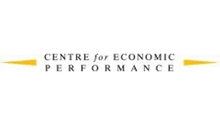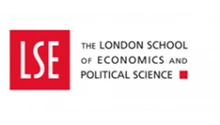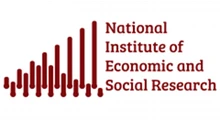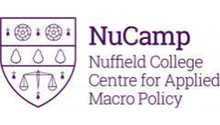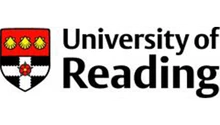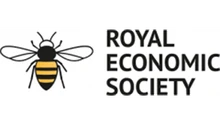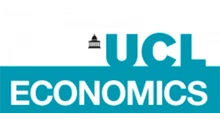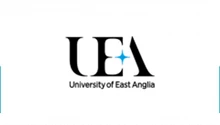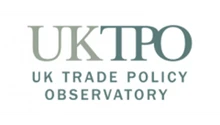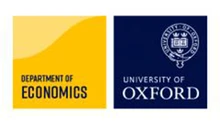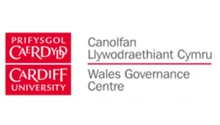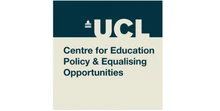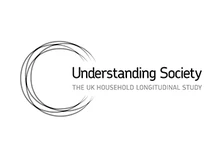On 3 May, Australia’s voters choose their next government. Both the incumbent Labor Party and the Liberal-National Coalition are campaigning on promises to tackle the cost of living and issues around energy, housing and immigration. But the dominant theme is how to respond to the Trump trade war.
Imagine this. A centre-left government behind in the polls against a surging conservative opposition. An immigration and housing policy crisis causing anxiety among voters. Populist parties on the rise on the extreme right and the hard left. Then along comes Donald Trump returning to the White House with his tariffs and related chaos – and suddenly the political fortunes of the parties are reversed (see Figure 1).
Am I talking about Canada? I could be. But also Australia, which goes to the polls on 3 May, just a few days after the Canadian election on 28 April.
Figure 1: two-party preferred opinion polling for 2025 Australian federal election
Source: Wikipedia
There are parallels. The Labor prime minister Anthony Albanese was struggling in the opinion polls in late 2024, with the Liberal-National Coalition led by Peter Dutton ahead. In fact, there was a feeling that Albanese should delay the election as long as possible to use a pre-election budget to give himself a fighting chance of re-election.
In the end, there was a delay in calling an election – due to Cyclone Alfred in North Queensland. But the political winds blowing across the Pacific from the Trump administration 2.0 have turned out to be much stronger (in an electoral sense) than anything Alfred could muster. Now the incumbent prime minister Albanese is well ahead in the polls and there are three reasons for this: Trump, Trump and Trump.
After all, Australia (like Canada) is a trading nation and a tariff war would certainly hurt our economic prosperity. This would be particularly true if the United States had a trade spat with China and other countries of significant economic interest to Australia, such as Japan, India, South Korea, Taiwan and ASEAN (the Association of Southeast Asian Nations).
Anthony Albanese, like Canadian prime minister Mark Carney, seized on trade as an issue to show the Australian people that tariffs were in no country’s interests. The opposition leader ended up having to agree with the government on trade, resisting the urge to adopt Trump-like positions on international trade, but while still firing some warning shots at China with respect to defence (several Chinese vessels have to been found in the Tasman Sea between Australia and New Zealand).
The opposition has also resisted Trump-type policies and rhetoric given the very different electoral system that Australia has compared with the United States. Australia has compulsory and preferential voting. Therefore, the opportunity for populist movements like Make America Great Again (MAGA) and their green/left equivalents are less effective, as the votes eventually make their way back to the major parties via preferences. There are also no executive orders as we have a Westminster system, like Canada and, of course, the UK.
The electoral system aside, in terms of issues, the election has been pretty typical of those held in Western democracies in modern times. Labor is campaigning on the economy, offering cost of living relief, while simultaneously arguing that they have brought down inflation. The government is also offering energy price relief, while touting their credentials to move the Australian economy to ‘net zero’ in terms of carbon emissions, despite the country ’s comparative advantage in the export of coal, iron ore and natural gas.
In fact, a major policy difference is the opposition’s advocacy of nuclear power as a way of combating climate change, given that most Western nations use nuclear power in their energy mix and Australia has a comparative advantage in uranium. But the government is focused on renewables – wind, solar, green hydrogen, etc. – while claiming that the opposition has not costed its nuclear option appropriately, especially given the risks.
The parties are similar in tone on housing policy, both trying to offer young people incentives to buy a new home (Australian state capital cities are notoriously expensive). Both want reduced immigration (capping university places available for foreign students, among other measures). And both plan to spend big on infrastructure.
No one wants to talk about tax or fiscal policy. And the shadow of the central bank – the Reserve Bank of Australia – looms large since any decision to cut interest rates in the face of a possible global recession would be regarded as ‘political’, as would be a decision not to cut them. As a former central bank governor in both Canada and the UK, Canadian prime minister Mark Carney knows all about that dilemma.
There are of course scare campaigns. Labor claims the opposition will gut Medicare (our universal health system) and cut public services jobs (Elon Musk-style with an Australian department of government efficiency, DOGE). The opposition claims that Labor will form a government with the radical greens and run a hard left, anti-Israel, pro-China foreign policy and take an irresponsible economic stance.
Scare campaigns often work if there is a semblance of truth or if it is something the electorate believes already. Otherwise they descend into hyperbole and become an own goal.
The bottom line. Nearly all polls predict that Albanese’s Labor Party will get back as it’s rare for an Australian government to get just one term. This last happened in the Great Depression with the Labor government of 1929-32 led by James Scullin. Usually though, the voters give the incumbent government ‘another go’.
For the opposition, if they manage to force the Labor Party into minority status, it would be almost as good as a win. But in any case, they won’t have long to wait for their next chance, as in Australia, federal elections happen every three years.
Where can I find out more?
- Election manifestos of the two main parties: Labor and the Liberal-National Coalition.
- Australian election 2025 poll tracker: Guardian coverage of the campaign.





